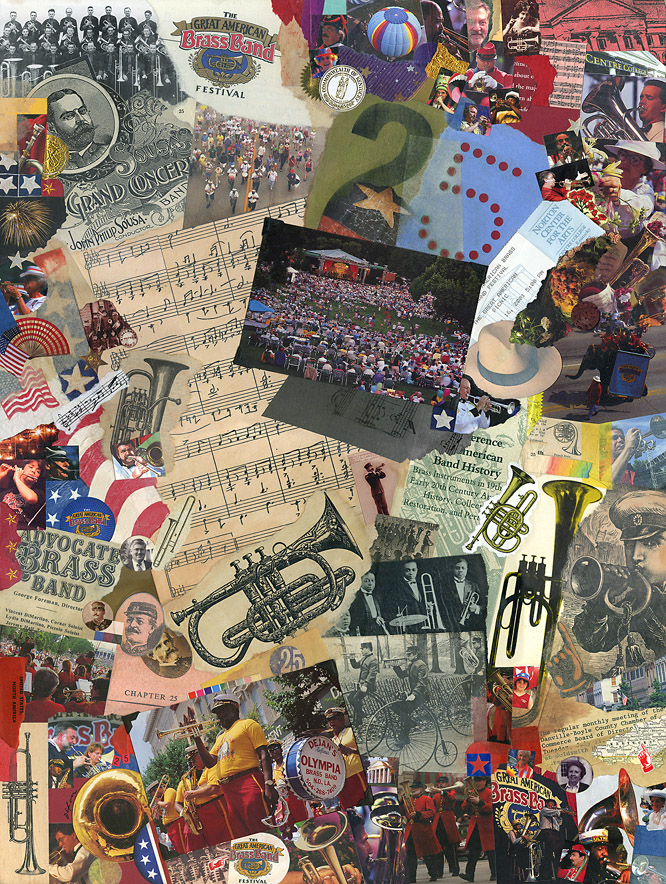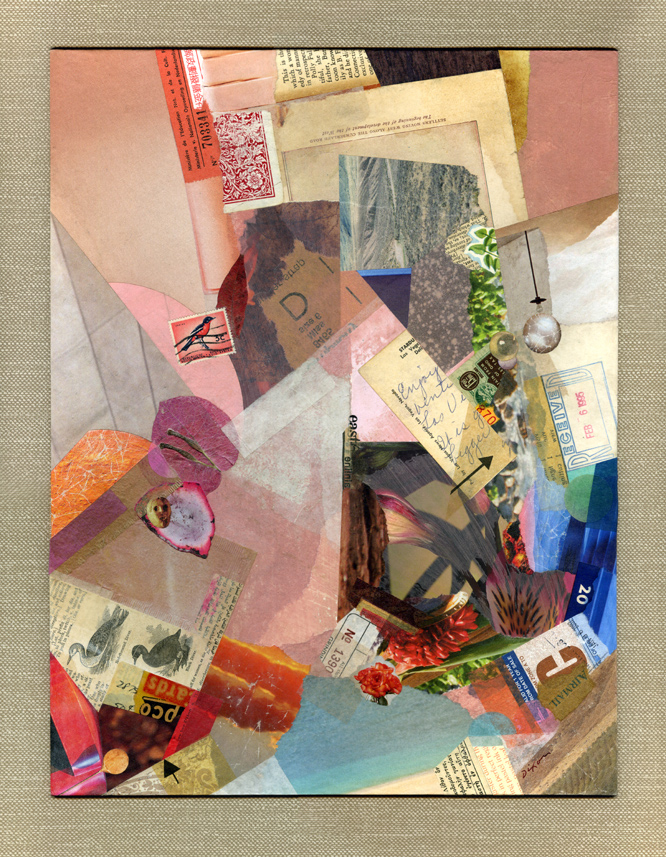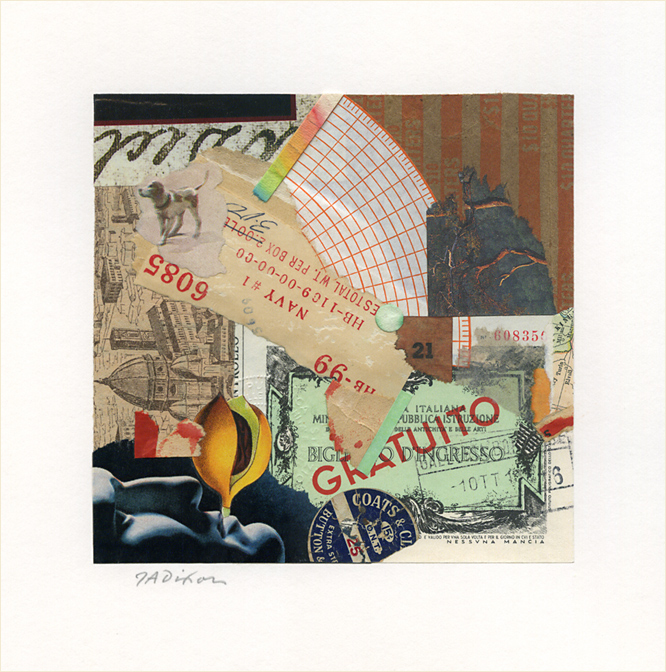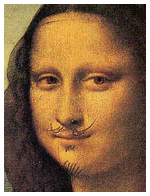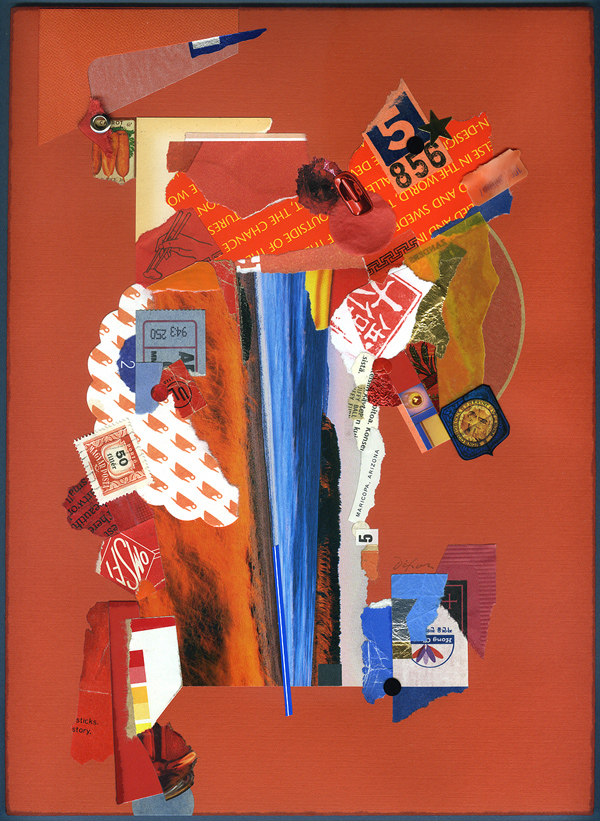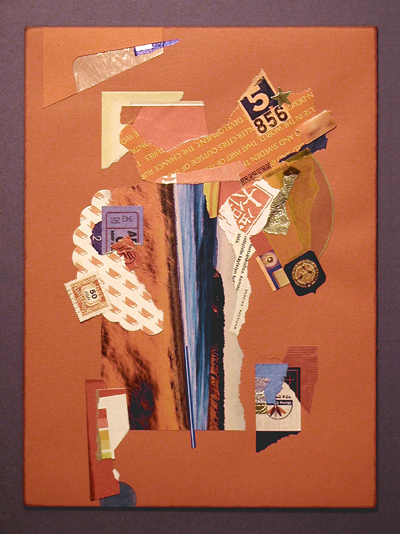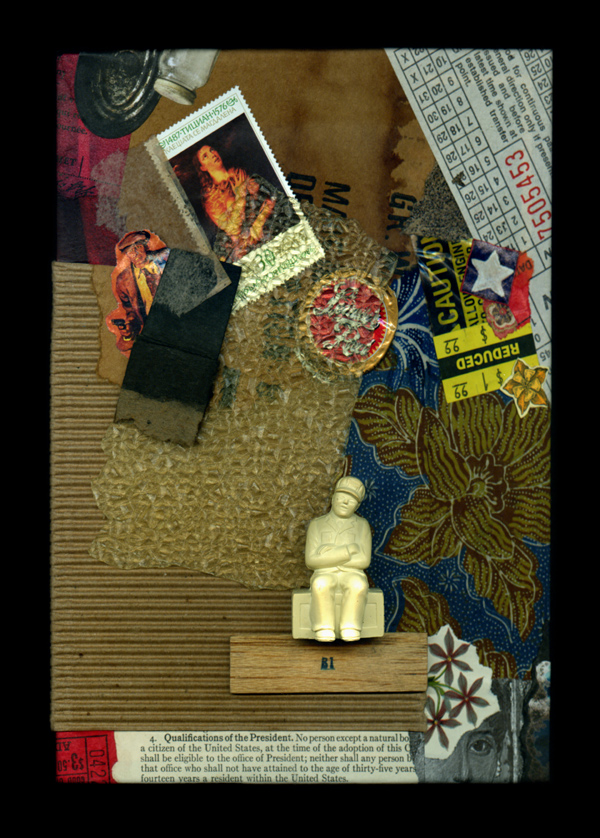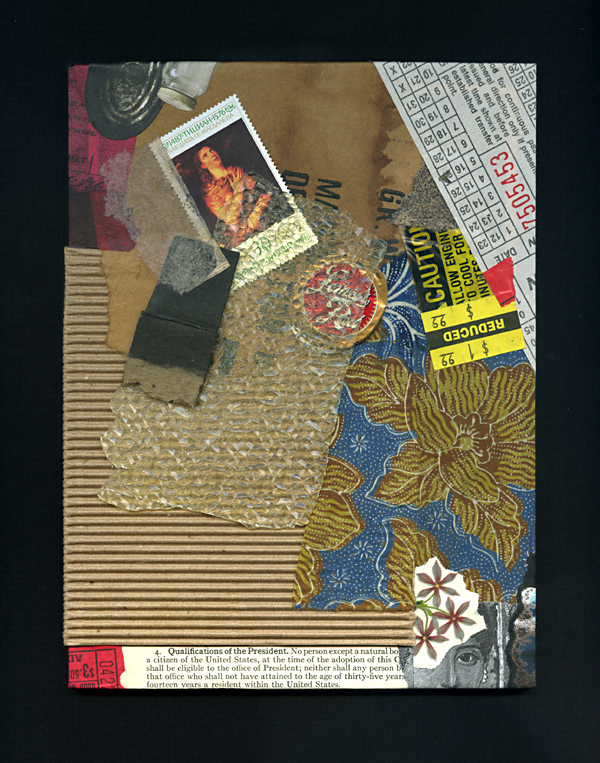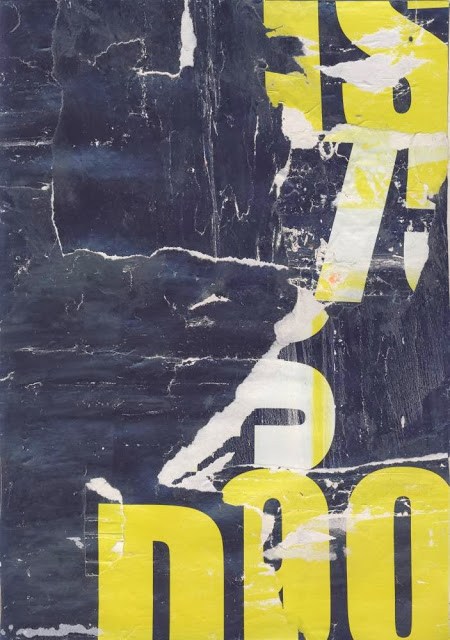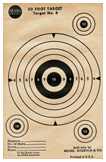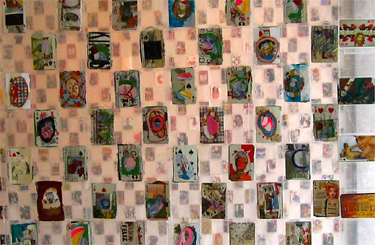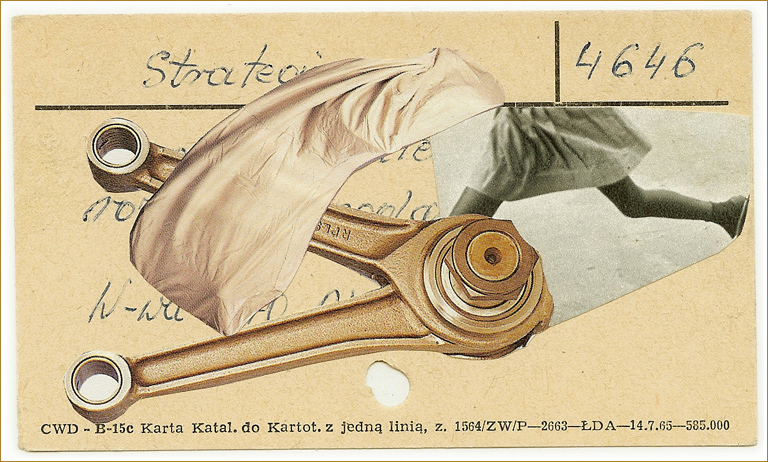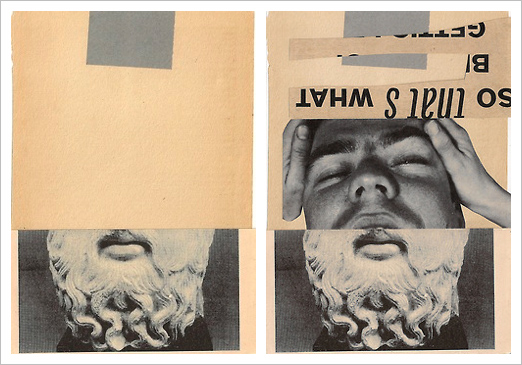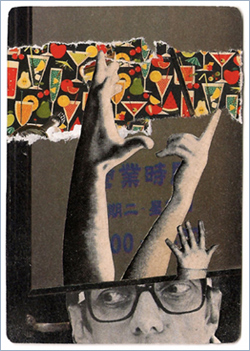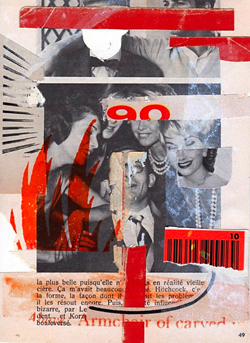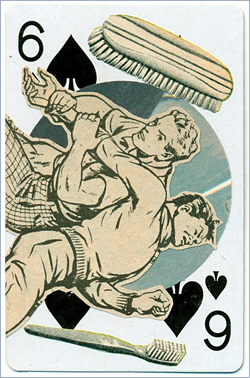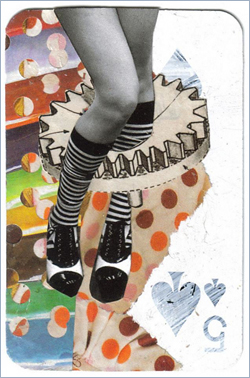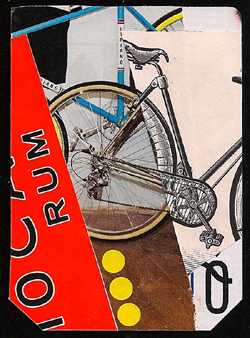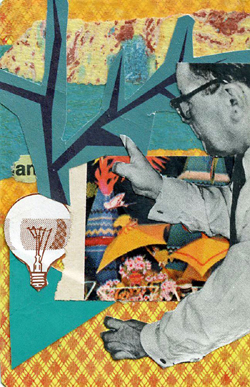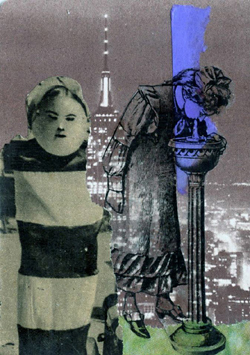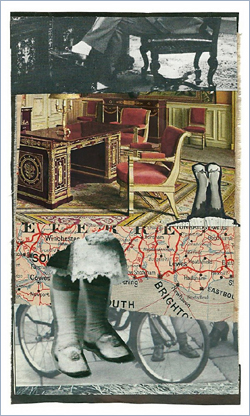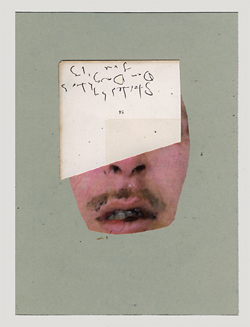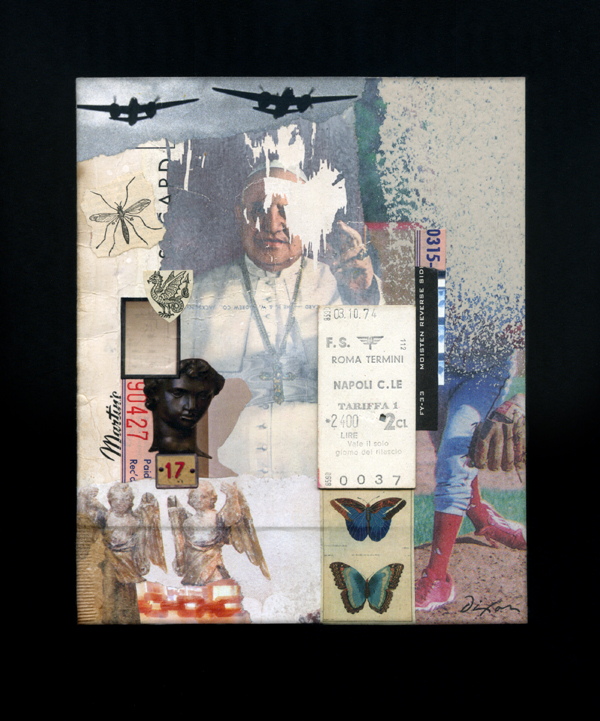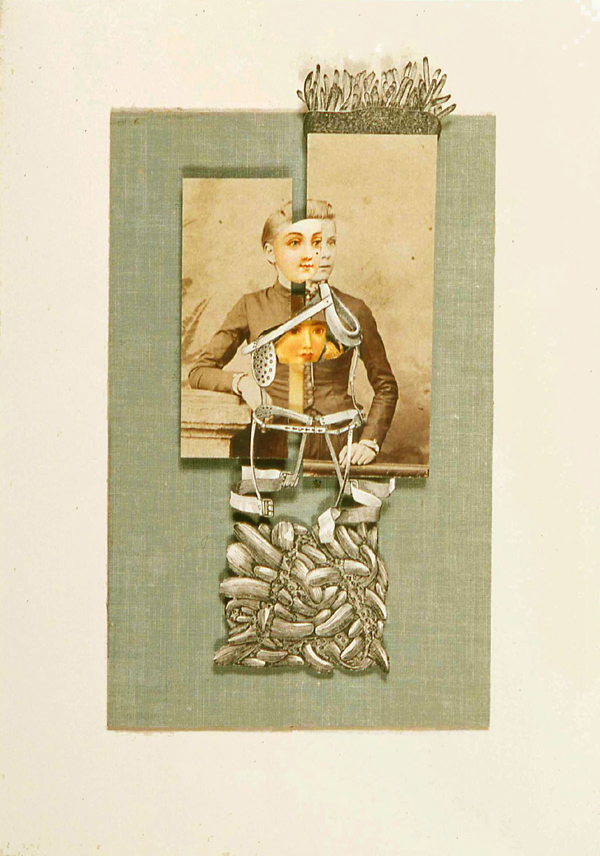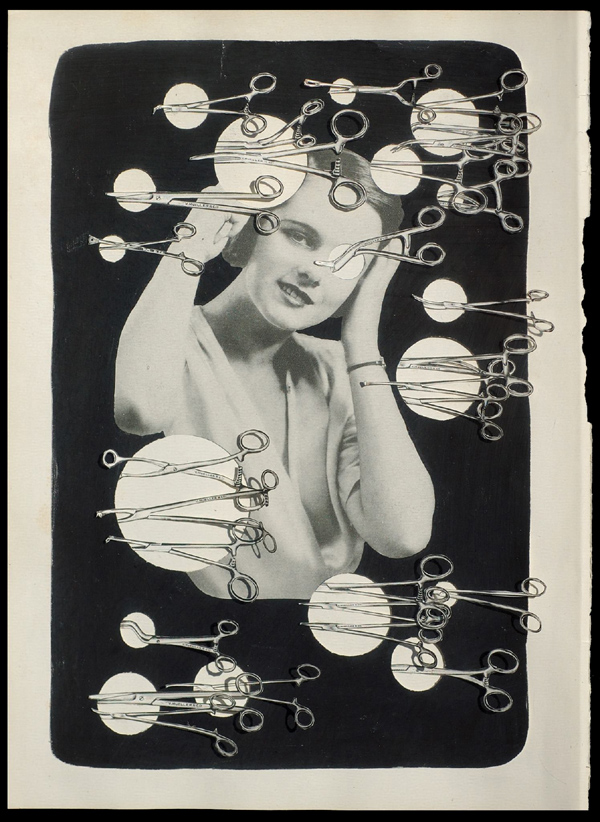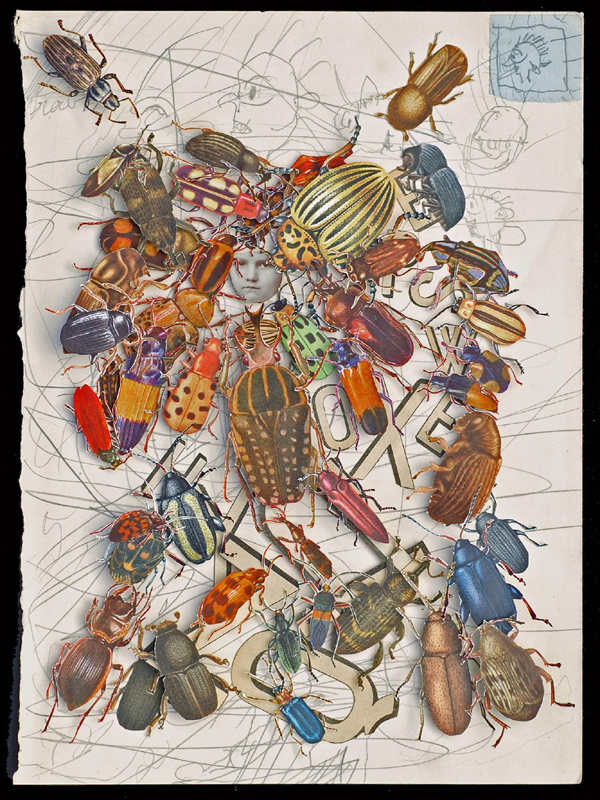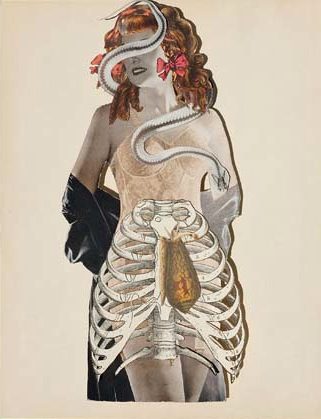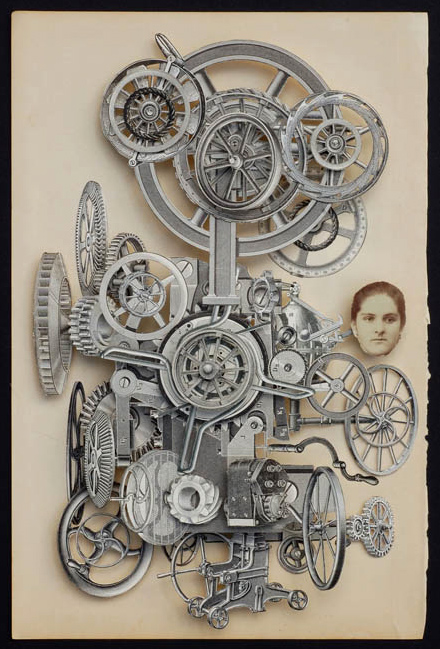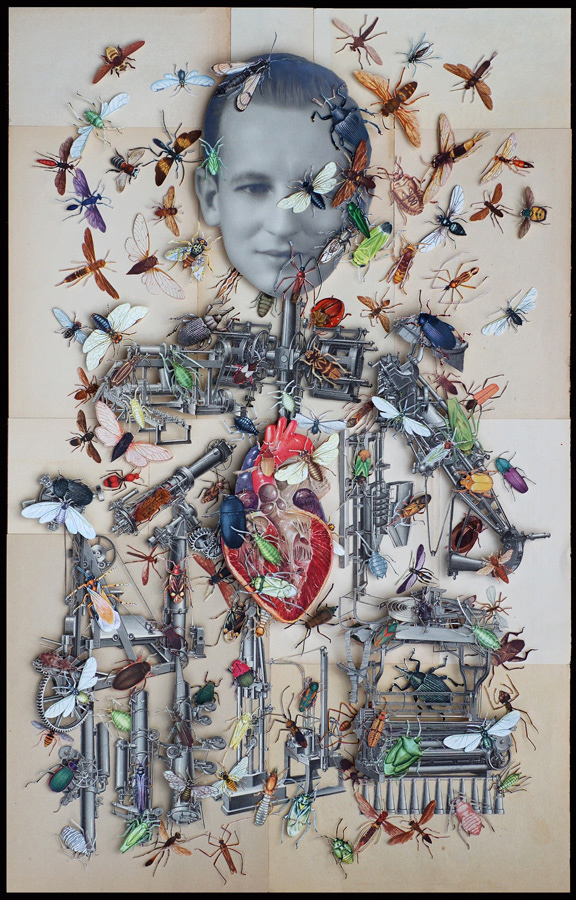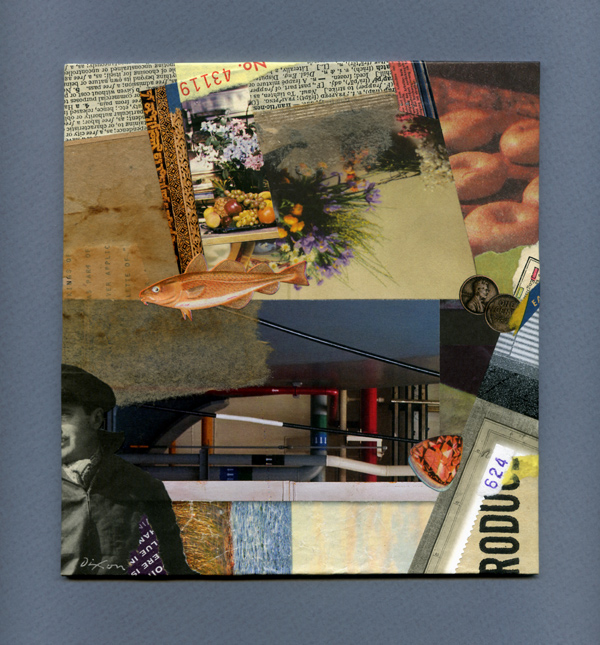“We need a little confusion.”
— Neil Gaiman
The Great American Brass Band Festival’s milestone 25th event is now in the archives. The finale was one of the most satisfying concerts in the history of the Kentucky festival. My appreciation goes to those who made it all happen one more time! I am pleased to have played a small part.
When I was first approached about lending my creative experience to the effort, I pitched the idea of a traditional collage to mark the 25th, using scraps from memorabilia of the last quarter century. A decision was made to go a different direction, but I could not put the idea aside. The result is “Brass 25,” a tribute to my community’s exceptional contribution to the American musical and cultural scene.
Is “commemorative collage” art? Perhaps not. Some might make the case that no example of the medium has approached “high art.” In my opinion, such a viewpoint fails to consider the 100-year impact that the medium has had on our visual landscape and the evolution of our aesthetic perceptions. It neglects the seminal role of Schwitters, Höch, Cornell, Kolář, and others. For me, the core relationship between mundane material and the art of collage transmits a unifying principle. When the remnants of ordinary life are physically re-purposed to resolve a unique compositional harmony, the culminating artifact can achieve a transcendent tone and offer a shared experience with each participating observer. If that is not art, stripped of elitist notions, then what is?
Brass 25
commemorative collage by J A Dixon
17.5 x 23.5 inches
available for purchase
